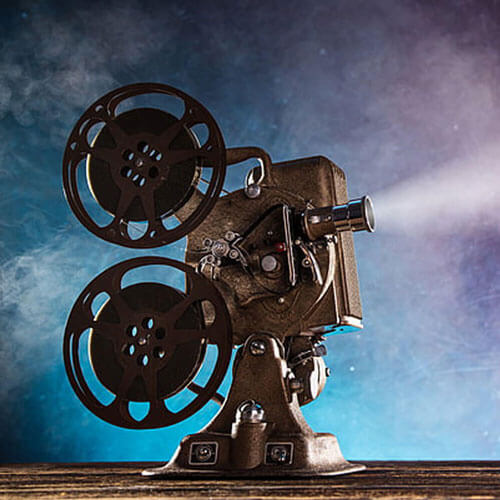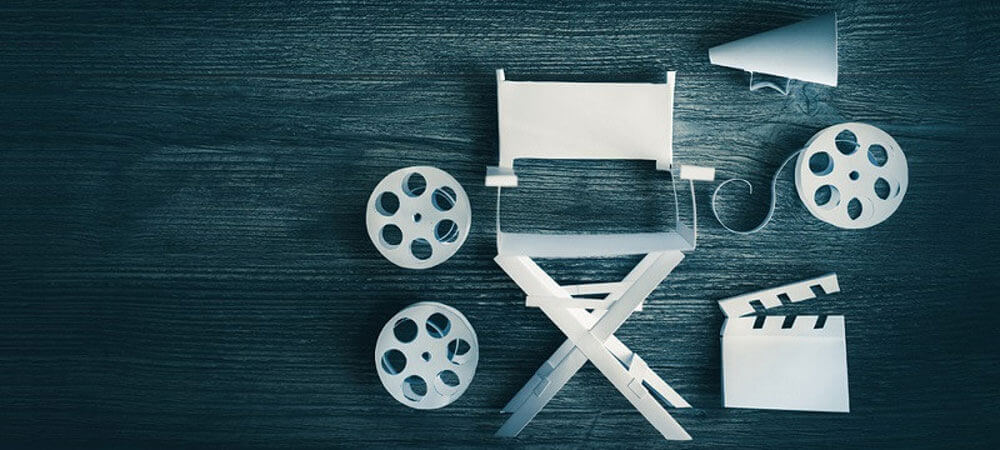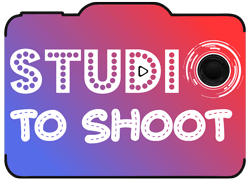Documentary
Documentary is a video or film that investigates a real-world issue, person, event, or situation. Making documentaries is one of the most gratifying and difficult projects you can take on. They are frequently instructional, quite precise, and have an engaging tone. Finally, a story is generally documented with authenticity so that anybody who watches it is moved. The term can also apply to anything related to papers. Some aspiring filmmakers believe that producing a documentary film is as simple as coming up with a good topic or idea, filming video material, and exhibiting it to a limited audience. We'll show you how to produce a documentary in the sections below.

Documentary filmmaking is a demanding task that will require a fiery spirit to complete. To explain your point of view, choose a topic about which you are enthusiastic and tell its story. Look for a useful topic and consider how to create a tale that your audience would like. You probably already have an idea that inspired you to produce films. Here are some more factors to consider while deciding on the topic, tone, duration, and even filming method of your documentary:
The goal of your documentary
- Your intended audience
- Where will the documentary be screened (online, TV, or cinema)?
- Location of filming
- How big or popular do you want the movie to be?
Conduct some research
Now that you've decided on a topic for your documentary, study everything you can about it. Documentaries, unlike feature films, must be based on true events.
There are possibly hundreds of other documentaries that cover the same topic, so you'll need to find a new approach, acquire new information, and look for fascinating personalities and potential narratives. Remember to include:
- Take notes while you conduct your study.
- Ensure precision.
- Conduct preliminary interviews.
- Look for similar documentaries.
- Choose an intriguing, emotive, or motivating viewpoint.
- Include crucial topics that will be remembered by your audience.
Consider the visual style of the film
Documentaries do not have to be boring since they are truthful. You may make a moodboard and gather visual references to help you visualise the film. You may also consider what kinds of cameras you want to employ. " You're learning and evolving throughout the process, but if you go in with a point of view, you'll often find yourself sticking to it," says the CEO of Studio-to-Shoot.
Outline the plot

Though documentary films aren't written in the same way that fictional stories are, you may construct a basic outline or even storyboards to help you think about the material you'll need and the different paths the story could take. Sometimes you will write a storyline to help me envision the story or to help my stakeholders understand the type of story that you are going for.
Depending on the direction of your documentary, you may need to film all-original video and create moments, or you may need to incorporate existing footage and other assets to help you convey your story.
Documentaries that are successful usually include five crucial characteristics. Each aspect is a vital narrative tool that will help your audience comprehend and relate to your subject matter. Your documentary will seem rich and varied while delivering enough information if you use a mixed approach. The five components are as follows:
Direct interviews with specialists give critical information and context for the subject.
Cutaways: This video will be used as stationary film, or B-roll, to assist build mood and provide further information about locales and subjects.
Historical photographs and film: Use historical photographs and film to connect subjects from the past to the present.
Cinema Verite: Live action footage pertaining to your subject matter will give extra context, allowing the audience to see the documentary's principles play out in real time.
Studio-to-Shoot will construct your story in post-production. We connect the dots for the story that you are trying to tell. Our CEO suggests making a paper edit so that you can actually cut the video and audio effectively. We can add some visual style to your documentary by adjusting the white balance, giving it an artful look. Studio-to-Shoot motion graphic animators can create title sequences to engage their viewers. Motion graphics are used to indicate the time, place, names, and titles of interview subjects. When you are satisfied with your modification, present it to others for comments. Take a little break so you can return to your task with fresh eyes. You're ready to submit your documentary to film festivals once you've completed the final cut. No one can anticipate which documentaries will get attention and be picked up by distributors, but no matter what the subject, if you're interested in it, you're bound to discover others who are as well.
